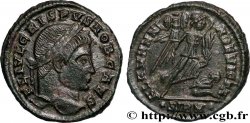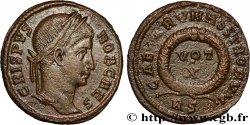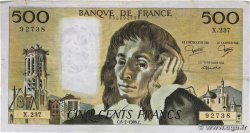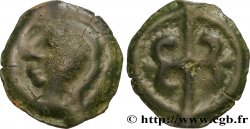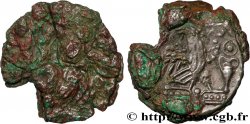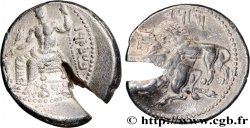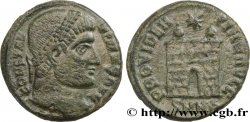E-auction 86-43735 - brm_192229 - CRISPUS Centenionalis ou nummus
You must signin and be an approved bidder to bid, LOGIN TO BID. Accounts are subject to approval and the approval process takes place within 48 hours. Do not wait until the day a sale closes to register. Clicking on « bid » constitutes acceptance of the terms of use of cgb.fr private e-auctions.
Bids must be placed in whole Euro amounts only. The sale will start closing at the time stated on the item description; any bids received at the site after the closing time will not be executed. Transmission times may vary and bids could be rejected if you wait until the last second. For further information ckeck the E-auctions F.A.Q.
NO BUYER'S FEE.
NO BUYER'S FEE.
| Estimate : | 45 € |
| Price : | 11 € |
| Maximum bid : | 11 € |
| End of the sale : | 08 December 2014 15:19:30 |
| bidders : | 5 bidders |
Type : Centenionalis ou nummus
Date: 317
Mint name / Town : Héraclée
Metal : copper
Diameter : 19 mm
Orientation dies : 6 h.
Weight : 3,22 g.
Officine: 3e
Coments on the condition:
Flan large. Exemplaire bien centré. Joli petit portrait. Patine vert foncé avec des traces d’argenture
Catalogue references :
Obverse
Obverse legend : D N FL IVL CRISPVS NOB CAES.
Obverse description : Buste lauré et cuirassé de Crispus césar à gauche, vu de trois quarts en avant, tenant la mappa de la main droite et un globe et un sceptre de la main gauche (B*17).
Obverse translation : “Dominus Noster Flavius Iulius Crispus Nobilissimus Cæsar”, (Notre seigneur Flavien Jules Crispus très noble césar).
Reverse
Reverse legend : PROVIDEN-TIAE CAESS// MHT.
Reverse description : Porte de camp surmontée de trois tourelles.
Reverse legend : G
Reverse translation : “Providentiæ Cæsarum”, (À la Providence de nos césars).
Commentary
Rubans de type 3.
Type 3 ribbons
Type 3 ribbons







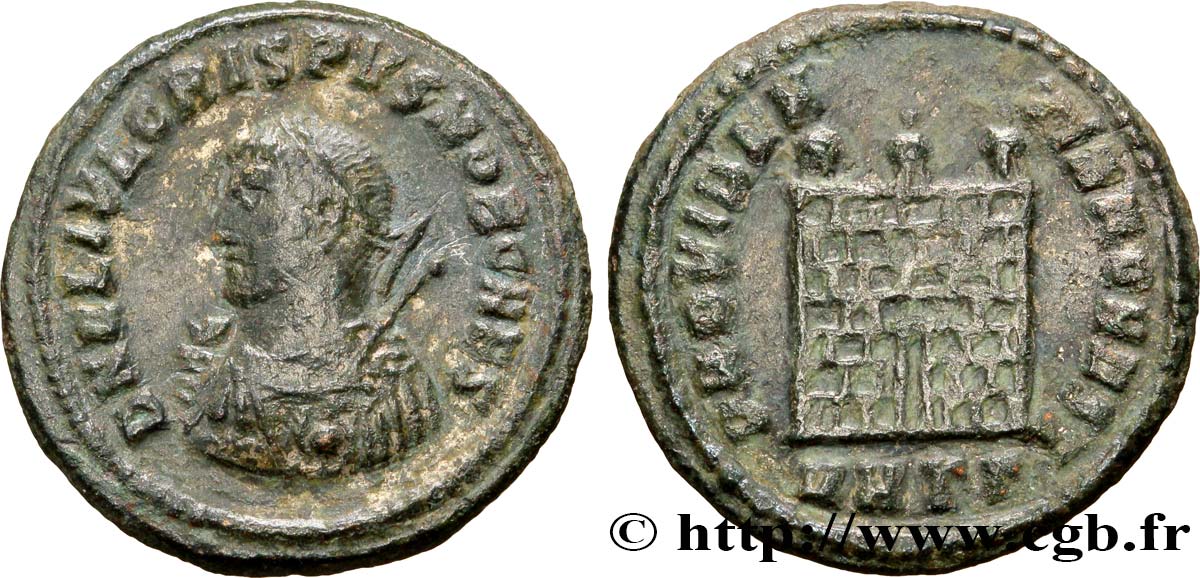
 Report a mistake
Report a mistake Print the page
Print the page Share my selection
Share my selection Ask a question
Ask a question Consign / sell
Consign / sell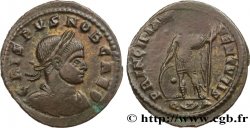
 Full data
Full data
